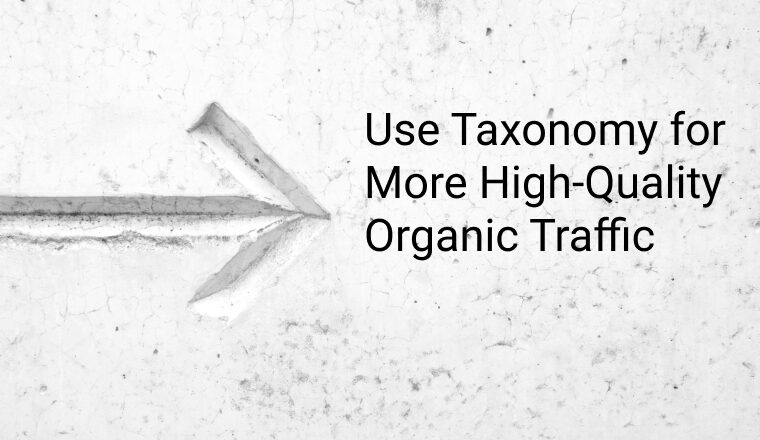If you’re a small business owner, having a website is essential. However, simply having a website isn’t enough. Your website needs to be effective in order to achieve your goals.
In these articles, we explore small business website ideas that you can use to increase the impact of their websites. The articles will help you reach new customers, increase brand awareness, and ultimately grow your business. Your website is the most valuable digital asset that you own.
Topic Areas – Small Business Website Ideas
Understanding Your Audience
Success begins and ends with your customers, so it’s important to understand your target audience before you start creating content for your small business website. Who are they, what are their needs, what are their pain points, and what’s your solution? Understanding these factors will help you create more effective content that engages and converts your visitors.
Defining Your Website’s Purpose
Your website’s purpose should be clearly defined. Is it to generate leads, sell products or services, or simply provide information? The purpose needs to be determined based on the needs of your customers. Consumers don’t want to buy what you are selling. They want to buy a solution to their problem. Once you have a clear purpose, you can create content that is tailored to that purpose.
Creating Compelling Headlines
Headlines are one of the most important aspects of your content. They must be attention-grabbing and entice visitors to engage and read your content. Use active language and make sure your headlines are relevant to your target audience and their journey.
Developing Engaging Content
Once you have a visitor’s attention, you need to keep it. Engaging content is key to keeping visitors on your website and encouraging them to take action. Use a conversational tone, make your content easy to read, and use visuals to break up the text.
Optimizing for Search Engines
Search engine optimization (SEO) is important for getting your website found in search results. Use keyword research to optimize your content. Make sure your website is optimized for mobile devices. Additionally, use meta descriptions and title tags to give search engines more information about your website.
Creating Pathways (Calls-to-Action)
Be deliberate about creating pathways for the segments in your audience. You want to make it easy for visitors to find the information they need on your website. Whether it’s to sign up for a newsletter, request more information, or make a purchase, CTAs should be clear, concise, easy to identify, and lead to more value for visitors.
Incorporating Social Proof
Social proof can help build trust with your visitors and encourage them to take action. For example, customer testimonials, case studies, or social media reviews provide reasons to believe. They support the validity of the solutions you are offering.
Providing Valuable Resources
Providing valuable resources such as ebooks, whitepapers, or how-to guides can help establish your business as a thought leader in your industry. Additionally, these resources can be used as lead magnets to capture visitor information. Look for and provide micro-transactions designed to deliver value to your audience and foster engagement.
Using Video Content
Video content is becoming increasingly popular and can be a great way to engage visitors on your website. Use video to showcase your products or services, provide tutorials, or share customer testimonials. Video works because, in the end, people buy people. An authentic message delivered by a real person goes a long way.
Creating a Blog
Creating a blog can help increase SEO traffic to your website and provide valuable information to your visitors. Use your blog to share industry news, offer insights into your products or services, or share customer success stories. A blog is also an excellent way to establish and support your authority. Topical blog posts are another reason to believe.
Incorporating Local SEO
If your business operates locally, incorporating local SEO can help you get found by customers in your area. This can include creating local business listings, optimizing your website for local keywords, and using location-specific content.
Analyzing Your Website’s Performance
Regularly analyzing your website’s performance is important for identifying areas for improvement. Use analytics tools to track visitor behavior, conversion rates, and bounce rates. Use this information to make data-driven decisions about your website content.
A/B Testing
A/B testing can help you optimize your website content and improve conversions. Test different headlines, calls-to-action, and layouts to use data to determine what works best for your audience.
Small Business Website Ideas – Conclusion
Your small business website is one of only two digital assets that you can own. Your list is the other one. Your website is crucial for achieving your goals. In the articles shown here, we explore small business website ideas that will create value for your customers and for your business. Our goal is that you will have an effective website that engages visitors and encourages them to take action.







